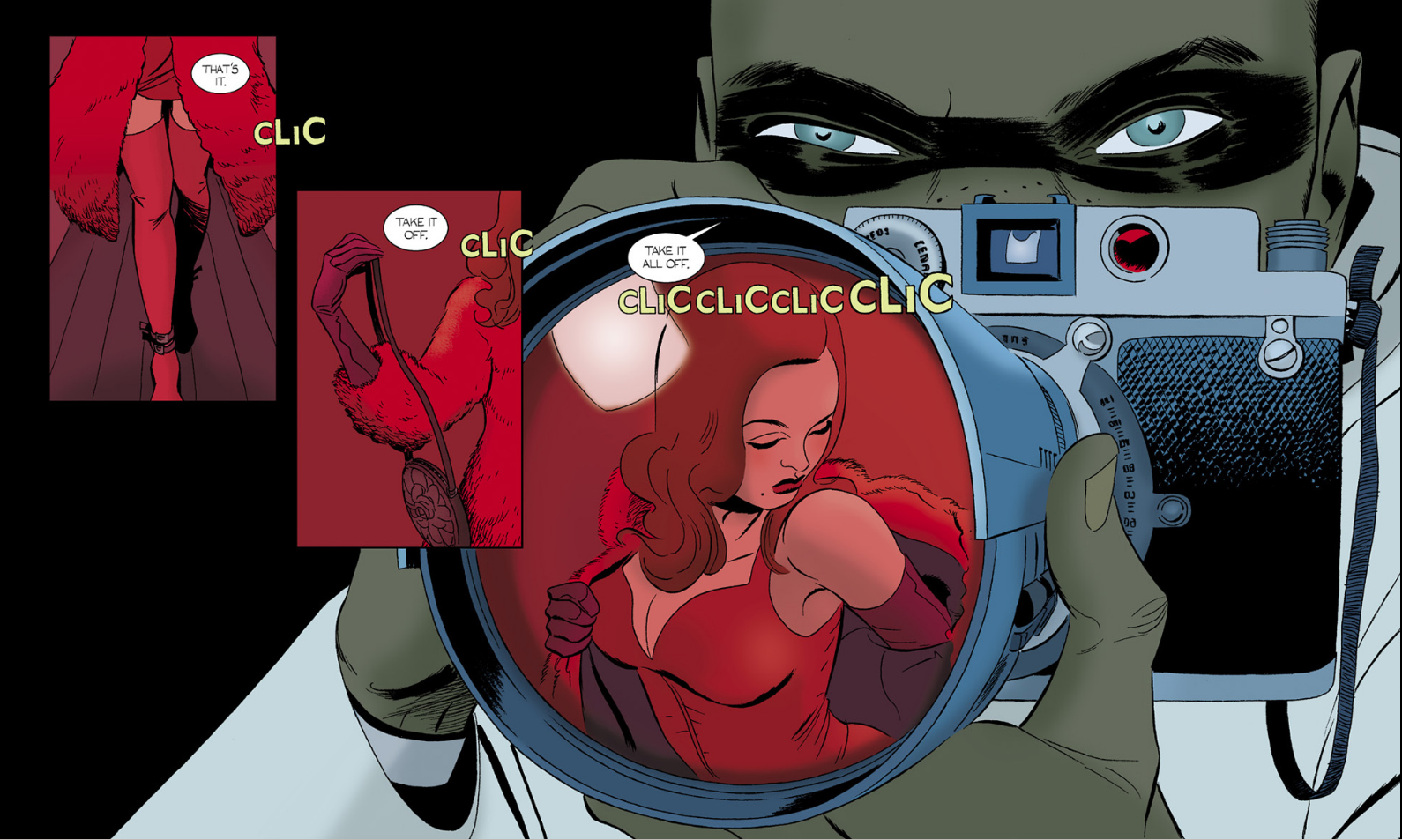
The Private Eye: A Possible Future or A Definite Future?
The Private Eye, Brian K Vaughan’s indie comic book, is two things at once. It’s primarily a noir private investigator story - a broad who may not be all she seems comes into a PI’s office and hires him for a case that goes deeper than you thought it would at first. But, much like Saga, which could be described as a story about being parents in the middle of a war zone, it’s also a science fiction story. I’ve said it before, but it bears repeating: the best science fiction shines a light on the present; this takes many forms. The form used in The Private Eye is the of extrapolating of the present to some future conclusion to show where things might end up if we continue on this path. With The Private Eye, Vaughan takes a look at what might happen if we continue to live our lives in the cloud. Since my other job involves technology, I’m constantly reading the tech press and people on there are always predicting a day of reckoning when we’ve given so much away that we lose all control of our lives. The first issue arrived just a month or two before Edward Snowden decided to do a huge dump of top secret National Security Agency documents, and so the comic has an entirely different feel to it as though we are even closer to the future depicted in The Private Eye than we thought. Of course, the self-sharing to places like Facebook and Twitter that form the premise of The Private Eye are more insidious than any nebulous government agency. You have no control whether or not you are observed by the government, but you are indeed in control of whether or not you post those drunk photos to Facebook. The future of The Private Eye takes place when people currently in their 20s and 30s are represented by PI’s grandfather. Here’s how PI retells the story to Gramps: